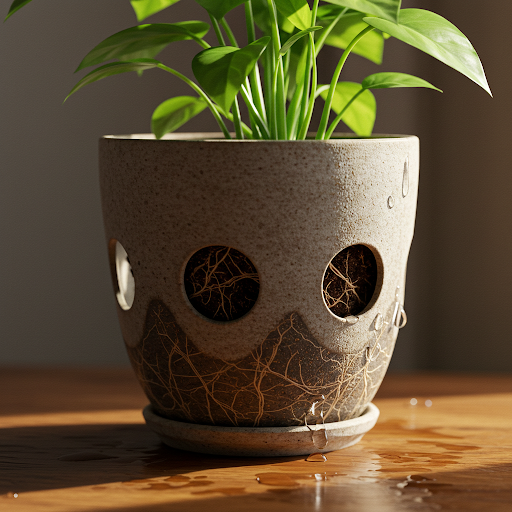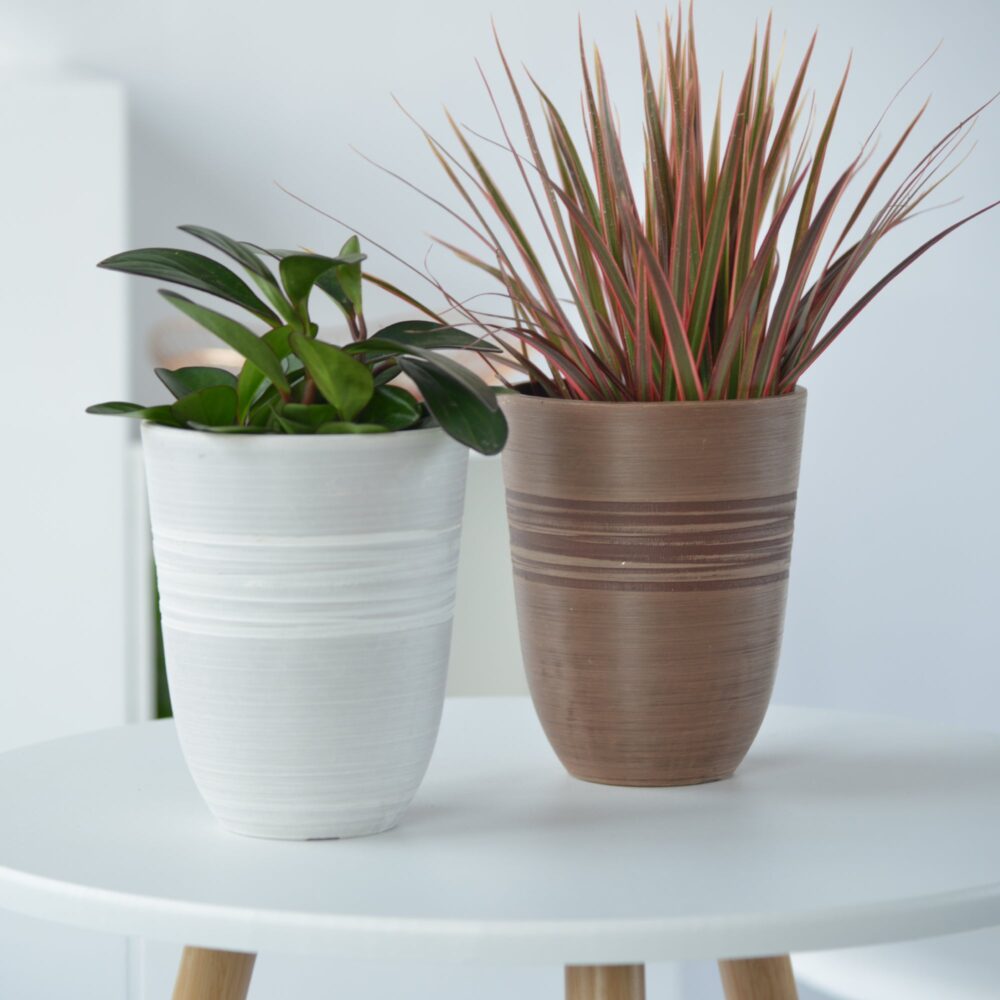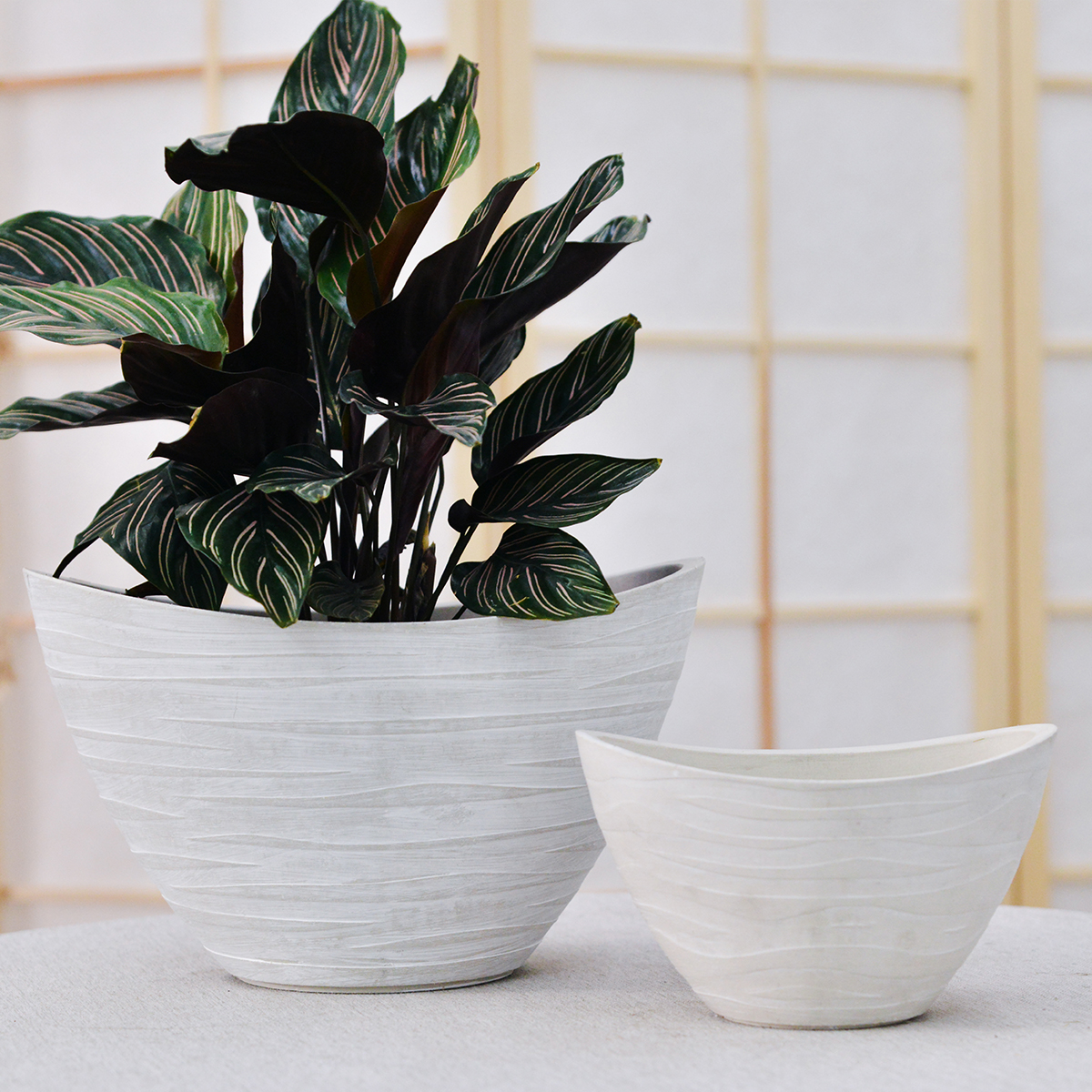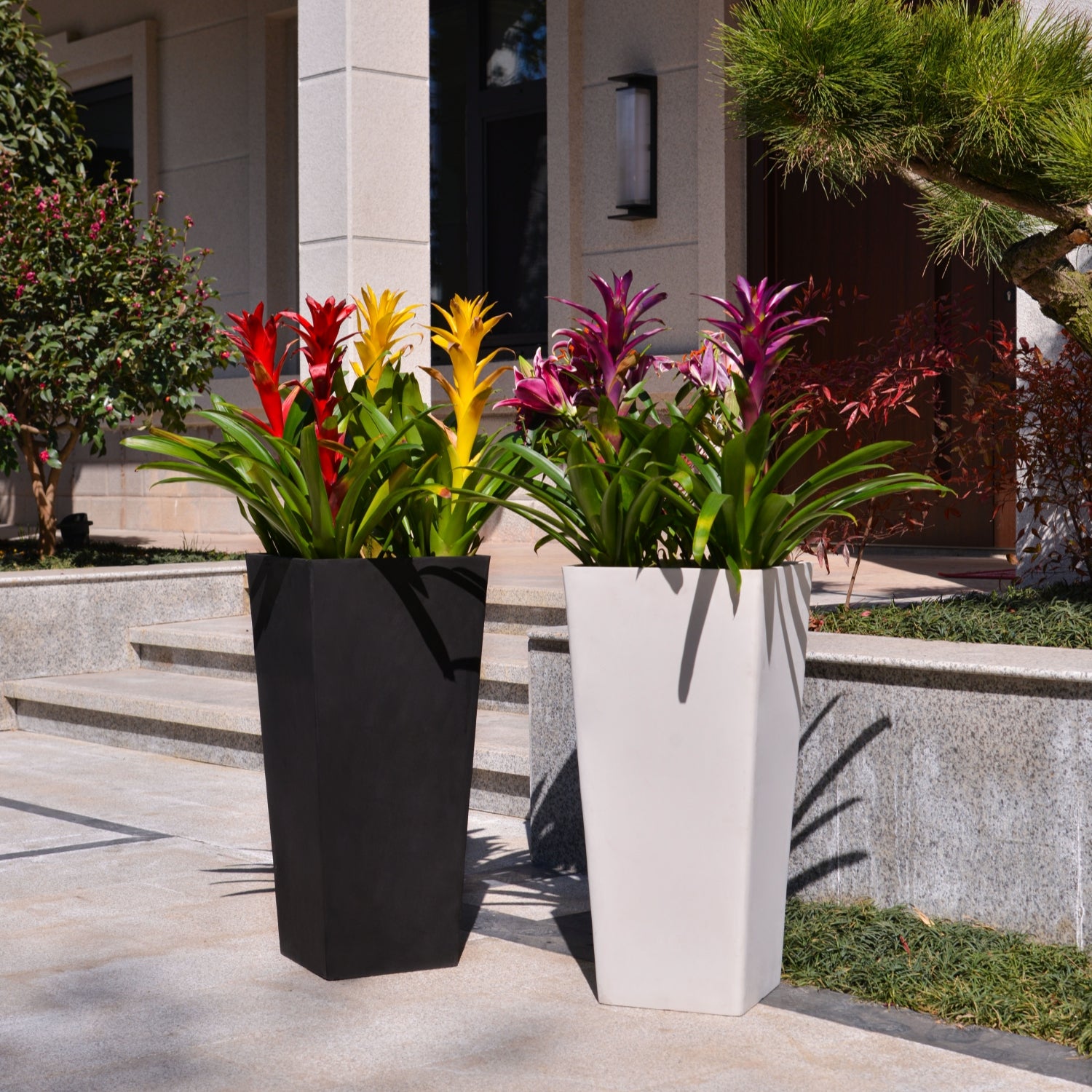Do Indoor Plant Pots Need a Hole in the Bottom? The Lowdown on Drainage for Healthy Houseplants
When you’re setting up your indoor jungle, one of the first questions you might encounter is about the necessity of drainage holes in your plant pots. It seems like a simple detail, but it can significantly impact the health and well-being of your beloved houseplants. So, do indoor plant pots really need a hole in the bottom? The short answer is: it’s highly recommended, but not always absolutely essential. Let’s delve into why drainage holes are generally best and what your options are if you have a pot without one.

Why Drainage Holes Are Your Plant’s Best Friend
The primary purpose of a drainage hole is to allow excess water to escape the pot after watering. Plants absorb the water they need through their roots, and any water left sitting in the soil can lead to a host of problems, the most common being root rot.
Here’s why excess water is so harmful:
- Lack of Oxygen: Plant roots need oxygen to breathe. When the soil is waterlogged, the air spaces in the soil fill with water, depriving the roots of the oxygen they need to function. This can essentially “suffocate” the roots.
- Fungal and Bacterial Growth: Soggy soil creates a breeding ground for harmful fungi and bacteria that can attack and decompose the roots, leading to root rot.
- Nutrient Issues: Overwatering can also leach essential nutrients out of the soil, even if you’re using a good quality potting mix.
The Risks of Using Pots Without Drainage Holes
While aesthetically pleasing pots without drainage holes might catch your eye, planting directly in them can be tricky and requires a more careful approach to watering. The main risk is the accumulation of water at the bottom of the pot, which can lead to the aforementioned root rot. It’s much easier to overwater a plant in a pot without drainage because there’s no way for the excess to escape.
Can You Successfully Grow Plants in Pots Without Drainage Holes?
Yes, it is possible to grow healthy indoor plants in pots without drainage holes, but it requires a higher level of attention and careful watering techniques. Here’s how you can make it work:
- Careful Watering is Key: You’ll need to be very precise with your watering, providing only the amount of water the plant can absorb. This often means watering less frequently and in smaller amounts than you would with a pot that has drainage. Observe your plant closely for signs of overwatering, such as yellowing or drooping leaves.
- Create a Drainage Layer: Some gardeners recommend creating a drainage layer at the bottom of the pot using materials like pebbles, gravel, or even broken pieces of terracotta. The idea is that this layer will collect excess water below the root zone. However, it’s important to note that this method is debated, as the water in the bottom can still create a humid environment that might lead to root issues over time.
- Use Horticultural Charcoal: Adding a thin layer of horticultural charcoal above the drainage layer can help absorb excess moisture and prevent odors.
- The “Pot-in-Pot” Method (Cachepot): This is often the safest and most effective way to use a decorative pot without drainage. Simply place your plant in a nursery pot (the plastic container it came in, which has drainage holes) inside the decorative pot. When you water, remove the nursery pot, allow it to drain completely, and then place it back inside the decorative pot. This allows for proper drainage while still enjoying the look of your chosen pot.

Which Plants Might Tolerate No Drainage?
Some plants are more tolerant of consistently moist conditions than others. These might have a slightly higher chance of surviving in pots without drainage, but careful watering is still crucial:
- Peace Lilies: These plants prefer consistently moist soil.
- Pothos: While they prefer drainage, they can sometimes tolerate less-than-ideal watering conditions.
- Lucky Bamboo: This plant actually thrives in water.
- Some Ferns: Certain types of ferns enjoy consistently moist soil.
However, even these plants will be happier and healthier in pots with proper drainage.
Conclusion:
While it’s technically possible to grow indoor plants in pots without drainage holes, it significantly increases the risk of overwatering and root rot, especially for beginners. For the vast majority of indoor plants, choosing pots with drainage holes is the safer and more straightforward approach to ensure their long-term health and vibrant growth. If you love a pot without drainage, the “pot-in-pot” method offers a stylish solution without compromising your plant’s well-being. Ultimately, paying attention to your plant’s individual watering needs and providing a way for excess water to escape will lead to happier, thriving houseplants.
20T
By greenship|2024-08-13T06:42:22+00:00August 13, 2024|Categories: Hand-carving Series|
11TH
By greenship|2024-08-13T02:50:25+00:00August 13, 2024|Categories: Hand-carving Series|
Plant Pots 6 inch 8 inch 10 inch for Indoor Plants, Set of 3 Modern Decorative Planter ts with Drainage Hole, Decorative Flower Pots
By greenship-seo|2025-04-10T06:39:28+00:00January 14, 2025|Categories: Hand-carving Series|Tags: Decorative Flower Pots|
Planter 6 in W / 8 in W / 12 in W Indoor or Outdoor Plants, Modern Decorative Plant Pots with Drainage Hole, Decorative Flower Pots
By greenship-seo|2025-02-06T13:43:53+00:00January 16, 2025|Categories: Hand-carving Series|Tags: Decorative Flower Pots|
20YB
By greenship|2024-08-16T05:37:57+00:00August 16, 2024|Categories: Hand-carving Series|
GreenShip 27inch Tall Planters for Porch, Large Outdoor Planter Pots with Drainage Hole
By greenship-seo|2025-04-10T06:27:21+00:00April 7, 2025|Categories: Hand-carving Series|Tags: Decorative Flower Pots|






